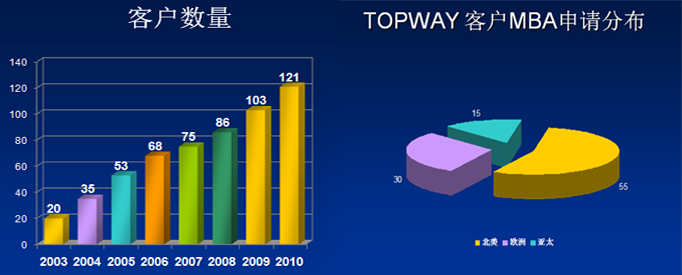|
beyondgmatqin 当前离线
|
OG13 Bengal-born writer, philosopher, and educator Rabindranath Tagore
| |
|
|
||
|
beyondgmatqin 当前离线
|
| |
|
beyondgmatqin 当前离线
|
OG13 Bengal-born writer, philosopher, and educator Rabindranath Tagore
| |
|
|
||
|
beyondgmatqin 当前离线
|
| |
全球顶尖MBA申请门户网站 ( 京ICP备12015305号-6)|联系我们 |Archiver|WAP|
GMT+8, 2025-4-15 14:46.
Powered by Discuz! 7.2
© 2001-2009Comsenz Inc.




